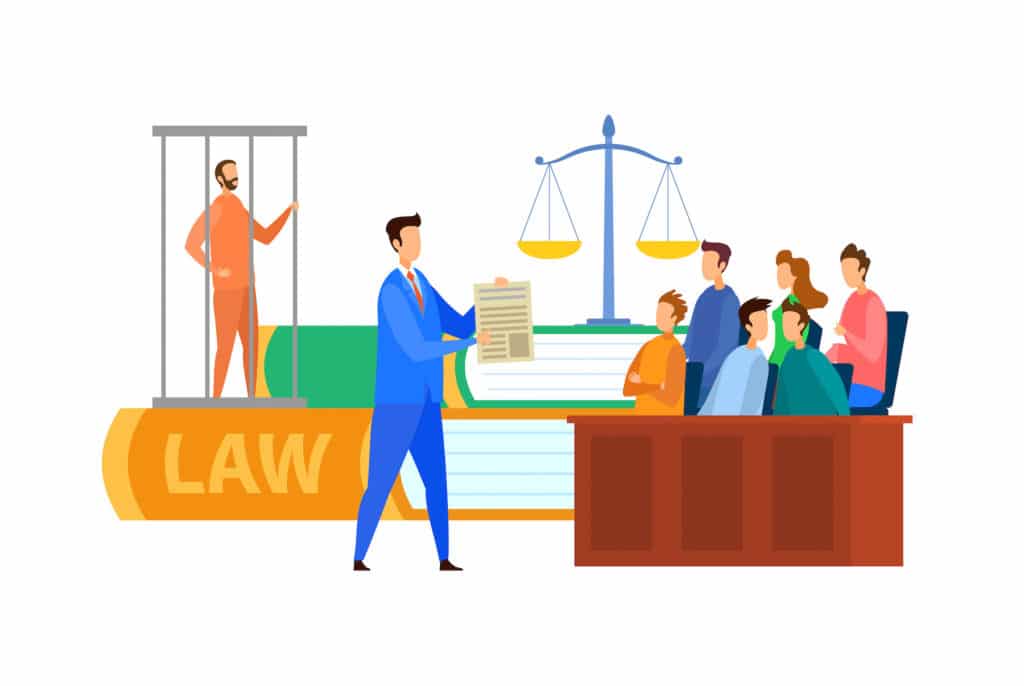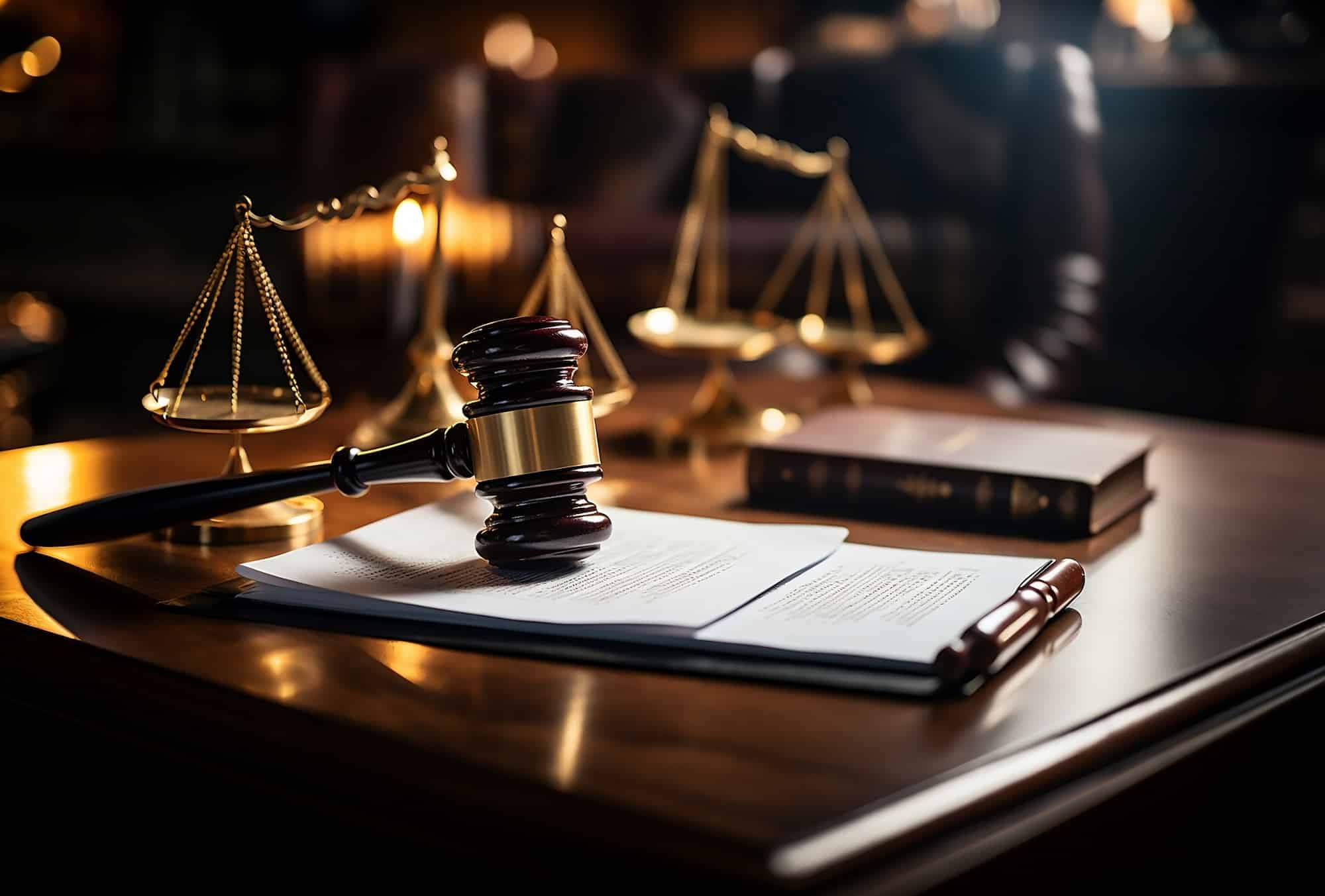Navigating the Intricacies of Trial Presentations: Tips for Seamless Distribution and Compelling Debates
In the realm of legal procedures, the art of test discussion stands as a critical determinant of success. The complexities fundamental in trial presentations require a delicate balance of skill, technique, and finesse.

Understanding Trial Purposes
To properly navigate a trial, it is important to have a clear understanding of the goals that require to be attained. Before stepping into the courtroom, legal teams should specify their objectives and wanted end results. These purposes work as guiding principles throughout the trial, shaping techniques and influencing decision-making processes.
Comprehending trial goals includes a detailed evaluation of the situation, lawful precedents, and the client's benefits. Trial Presentations. It requires a precise evaluation of the facts, identifying key issues, and anticipating possible obstacles. By establishing details and quantifiable goals, attorneys can tailor their debates and discussions to align with the wanted outcomes
Additionally, a clear understanding of trial purposes allows legal teams to focus on evidence, witnesses, and legal debates successfully. It enables the development of a systematic story that resonates with the discretionary, strengthening the total situation presentation.

Organizing Proof Effectively
Having a clear understanding of test purposes lays the structure for organizing proof effectively in lawful procedures - Trial Presentations. By aligning the discussion of proof with the preferred outcomes of the test, legal teams can reinforce their disagreements and enhance their persuasiveness. One crucial facet of organizing proof is classification. Grouping proof based on motifs or significance to particular lawful aspects can help enhance the presentation and make intricate info more absorbable for the judge or court.
An additional key component in organizing proof effectively is establishing a sensible flow. Providing proof in a meaningful and consecutive fashion can help develop an engaging narrative that supports the lawful arguments being made. Furthermore, making use of visual aids such as graphs, timelines, or graphes can even more boost the organization of evidence and help in making clear intricate connections or series of occasions.
Additionally, making sure that all proof presented is pertinent and admissible to the case is vital. Inadmissible or irrelevant evidence can interfere with the stamina of the disagreement and possibly damage the credibility of today celebration. A thorough testimonial and option procedure must be embarked on to consist of only the most legally audio and impactful proof in the test presentation.
Crafting Convincing Narratives
Crafting engaging stories plays a crucial duty in offering influential arguments throughout lawful process. A well-crafted story has the power to astound the target market, stimulate feelings, and inevitably persuade the choice for today celebration. When building a narrative for a trial presentation, it is important to establish a clear storyline that highlights bottom lines and attaches them in a systematic fashion. Begin by detailing the truths of the situation in a compelling manner, ensuring that the series of occasions is simple to comply with. Introduce personalities properly, giving history info that helps the target market recognize their activities and inspirations. Furthermore, incorporating vivid summaries and appealing language can bring the narrative to life, making it extra unforgettable for the discretionary. By weaving with each other evidence, testament, and lawful arguments right into a natural and persuasive story, attorneys can efficiently advocate for their clients and boost the chance of a beneficial outcome in the court room.
Mastering Aesthetic Help
Effective use of aesthetic help is key to improving the influence and quality of trial presentations. Aesthetic help, when made use of strategically, have the power to simplify complicated details, reinforce essential points, and leave an enduring impact on the discretionary. To master visual aids in test discussions, it is critical to ensure that they are clear, concise, and appropriate to the disagreements being made.
When including aesthetic help, such as graphes, photographs, timelines, or graphs, into a test discussion, it is important to keep them visually appealing yet professional. The visuals should complement the spoken debates, giving an aesthetic depiction of the details being gone over without frustrating the target market with unnecessary details.
Moreover, exercising with the aesthetic help in advance is imperative to ensure a smooth distribution throughout the trial. Familiarizing oneself with the web content, changes, and timings of each aesthetic aid can help keep the circulation of the presentation and avoid technical problems that might occur.
Delivering Impactful Closing Arguments
A compelling closing disagreement offers as the conclusion of a test presentation, enveloping the core story and convincing the court and jury towards a desirable decision. Begin by detailing the main disagreements visit here that sustain your client's setting, stressing why the evidence provided throughout the test supports your narrative.
Additionally, incorporating emotional charm can further enhance your closing debate. By linking and humanizing the instance on a personal level with the decision-makers, you can evoke compassion and understanding, affecting their perception of the truths provided. In addition, reiterating the site web legal requirements that need to be fulfilled for a favorable ruling can strengthen the credibility of your placement. Inevitably, a well-crafted closing argument should leave an enduring perception, compelling the court and jury to rule in your client's support.
Final Thought
To conclude, grasping trial presentations involves understanding objectives, organizing proof, crafting stories, making use of aesthetic aids, and providing impactful closing arguments. By executing these strategies effectively, lawyers can offer their instance effortlessly and make compelling arguments in the courtroom. It is crucial to browse the intricacies of trial presentations with accuracy and ability to accomplish success in legal process.
By lining up the presentation of evidence with the wanted results of the trial, lawful teams can strengthen their debates web link and boost their persuasiveness (Trial Presentations). To grasp visual help in trial discussions, it is vital to make sure that they are clear, concise, and pertinent to the disagreements being made
A compelling closing debate serves as the end result of a trial presentation, enveloping the core narrative and encouraging the judge and court towards a favorable choice. Begin by outlining the major arguments that sustain your client's placement, highlighting why the proof provided throughout the test supports your story.In conclusion, understanding trial discussions involves comprehending objectives, organizing proof, crafting narratives, making use of visual help, and supplying impactful closing disagreements.